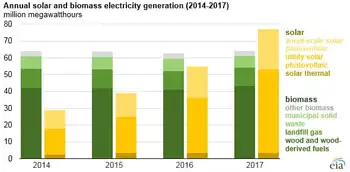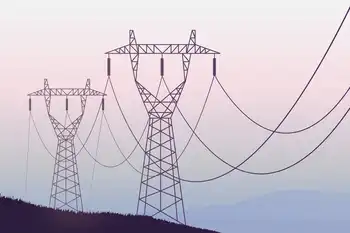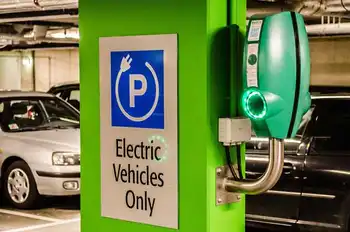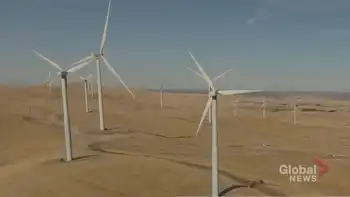UK ministers urge for increased nuclear power
By Industrial Info Resources
Electrical Testing & Commissioning of Power Systems
Our customized live online or in‑person group training can be delivered to your staff at your location.

- Live Online
- 12 hours Instructor-led
- Group Training Available
The ambitious target is outlined in a report titled "Energy Security: a national challenge in a changing world," prepared by the Prime Minister's Special Representative on International Energy, Malcolm Wicks, MP. Nuclear power generation is declining in the UK, accounting for only 12.5% of electricity generated in 2008, compared to 25% during the 1990s. All but one of the UK's 19 operating nuclear units are expected to close by 2030. The first of the proposed new nuclear plants will not be up and running until about 2018.
The report charts the UK's increasing reliance on energy imports and advises the government to reverse this trend as soon as possible. According to different reports, the UK will be importing 45-80% of its gas in the coming years. Wicks' report identifies a resurgence in interest in nuclear power globally, not just in the UK. The Organization for Economic Co-operation and Development's Nuclear Energy Agency and the International Atomic Energy Agency have concluded that world uranium resources are more than adequate to supply the expected global expansion of nuclear power. The report points out the cost benefits of nuclear power by showing that, while fuel costs in a gas-fired power plant account for 70% of the total running costs, uranium represents just 10% of the overall running costs of a nuclear plant.
Wicks claims moving to a low-carbon economy is as vital to energy security as it is to tackling climate change. "Energy reserves are concentrated in some of the most unstable parts of the world," Wicks said. "That's an issue of national security. There is no crisis, but we can never be complacent. As we move out of recession, the global grab for energy will resume in earnest; consumption is predicted to rise, and with it prices. Complete energy independence is an unrealistic goal, but there is much we can do to insulate ourselves from the risks, in large part by driving our climate policies even further, quicker. We must be far smarter with the energy we use and invest in homegrown energy sources, such as new nuclear and renewables without delay."
Renewables will play a large part in helping the UK generate more of its own energy, although the report points out that fossil-fuel-based power plants will remain the main source of energy for decades to come. As such, the report recommends that the country should remain at the forefront of developing and demonstrating carbon capture and storage (CCS) technology. To increase energy security going forward, the UK should prioritize relationships with Norway, Qatar and Saudi Arabia and support European Union efforts to create new routes and sources of gas supply into Europe that do not rely on Russia.
Prime Minister Gordon Brown, commenting on the report, said, "We are already taking a number of responsible far-sighted steps to put the UK on a secure, low-carbon, affordable energy footing in the long term, and I am grateful for the work undertaken by Malcolm Wicks. The ability to maximize domestic energy reserves and establish homegrown energy sources is vital alongside the UK's ability to pull on every lever internationally in support of energy security."
Energy and Climate Change Secretary Ed Miliband added: "We cannot afford to be complacent about the challenges we face in securing our energy supplies, and I'm grateful for the rigor of Malcolm's analysis on these issues. We'll continue to use fossil fuels in the near term as part of our transition to the low-carbon economy and maximize our own North Sea reserves, as well as do all we can to secure the most diverse range of energy imports."















